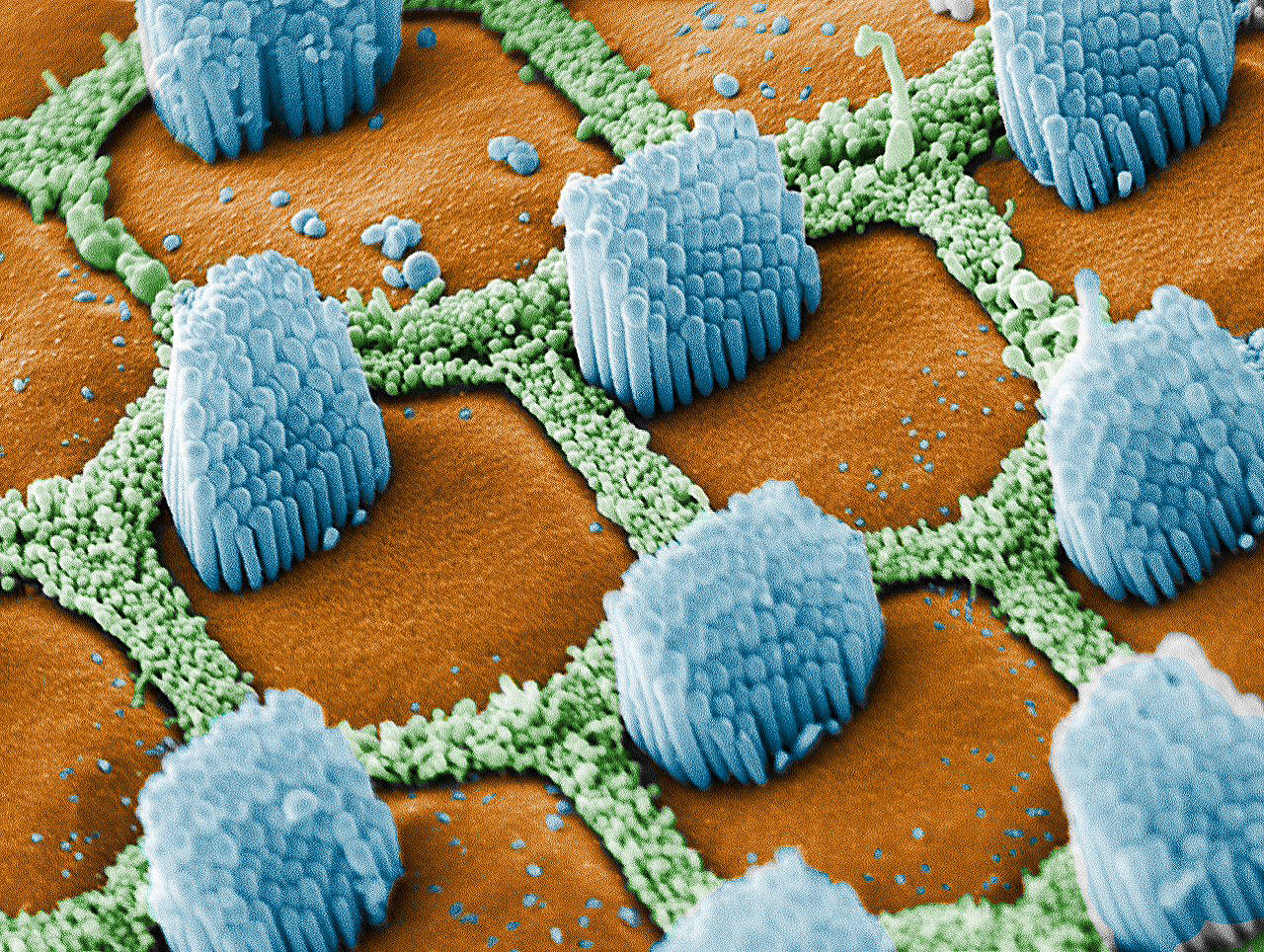The ability to discern pitch – to hear the difference between “cat,” “bat” and “hat,” for example – hinges on remarkable gradations in specialized cells within the inner ear. New research from the University of Virginia School of Medicine and the National Institute on Deafness and Communication Disorders has explained, for the first time, what controls these cells’ development and patterning – findings crucial to efforts to reverse hearing loss caused by age, loud sounds or other factors.
The researchers have been studying the development of these cells in chickens, which, like many creatures, have a remarkable capacity humans lack: the ability to regrow sound-detecting cells after suffering hearing loss. Jeffrey T. Corwin of U.Va.’s departments of Neuroscience and Cell Biology, noted that if both a human and a hen were to be exposed to a sound loud enough to destroy the ability to hear a certain pitch, the outcomes would be very different: “We would lose the ability to hear that sound for the rest of our lives. The bird also would lose the ability, but within 10 days, it would have its cells back – they would hook back up to the nerves, and within a few weeks its hearing would be back and almost indistinguishable from before.”
Understanding that process, then, may one day allow scientists to replicate it in humans. “Eventually therapies will come about from this regenerative approach, and these new discoveries will be a critical component,” Corwin said.
Detecting Pitch
Pitch detection occurs within the cochlea, a small spiral structure within the inner ear. Inside the cochlea are specialized cells, known as hair cells, which are tuned to different sound pitches based, in part, on their locations along the cochlea’s spiral and the number and the length of their stereocilia – hair-like microscopic protrusions that give the cells their name. High-pitched sounds are detected by cells with shorter hair bundles, located closest to where sound enters the ear; lower-pitched sounds are detected by cells with taller hair bundles located further in, and that pattern progresses through the several thousand hair cells that are essential for hearing.
“When you hear different sounds, not every single hair cell in the cochlea is responding – only the ones that are sensitive to the specific sound frequencies,” explained Benjamin R. Thiede, who received his Ph.D. from the University of Virginia on Sunday and is lead author of one of two papers published in Nature Communications outlining the new discovery.
Until now, scientists have not understood what orchestrates the formation of this critical pattern of individually distinct hair cells. The researchers, however, have solved that mystery, demonstrating that two specific molecules, Bmp7 and retinoic acid, guide cells to acquire location-specific attributes. Bmp7 starts the initial patterning process, and retinoic acid regulates how the cells’ hair bundles grow to different lengths.
Thiede found evidence that there are different levels of retinoic acid activity along the length of the cochlea, so he tried adding more retinoic acid in cells grown in a lab dish and found that they produced longer hair bundles. Then he used a drug to block retinoic acid’s activity and found that resulted in shorter bundles.
Thiede noted that when chickens regenerate damaged hair cells, the new cells develop with just the right characteristics for cells in those particular locations along the cochlea.
“So the question is, are developmental signals like Bmp7 and retinoic acid involved in reestablishing the pattern of hair cells and restoring hearing to the regenerating cochlea?” he asked. “If we look at the mammalian system, which can’t regenerate, are these signals lost? … Does the mammal turn off these important signals once development is completed, so they’re not reactivated for regeneration?”
That’s a matter for further investigation, but it suggests a tantalizing path for developing new treatments.
The findings have been published online by Nature Communications in two papers. One was written by Thiede, Zoe F. Mann and Weise Chang of the National Institutes of Health, Yuan-Chieh Ku of Washington University, Yena K. Son of U.Va., Michael Lovett of Washington University, Matthew W. Kelley of the National Institutes of Health, and Corwin. The other was written by Mann, Thiede, Chang, Jung-bum Shin of U.Va., Helen May-Simera of the National Institutes of Health, Lovett, Corwin and Kelley.
Media Contact
Article Information
May 20, 2014
/content/uva-discovery-may-point-way-restore-hearing-loss-caused-sound-age

